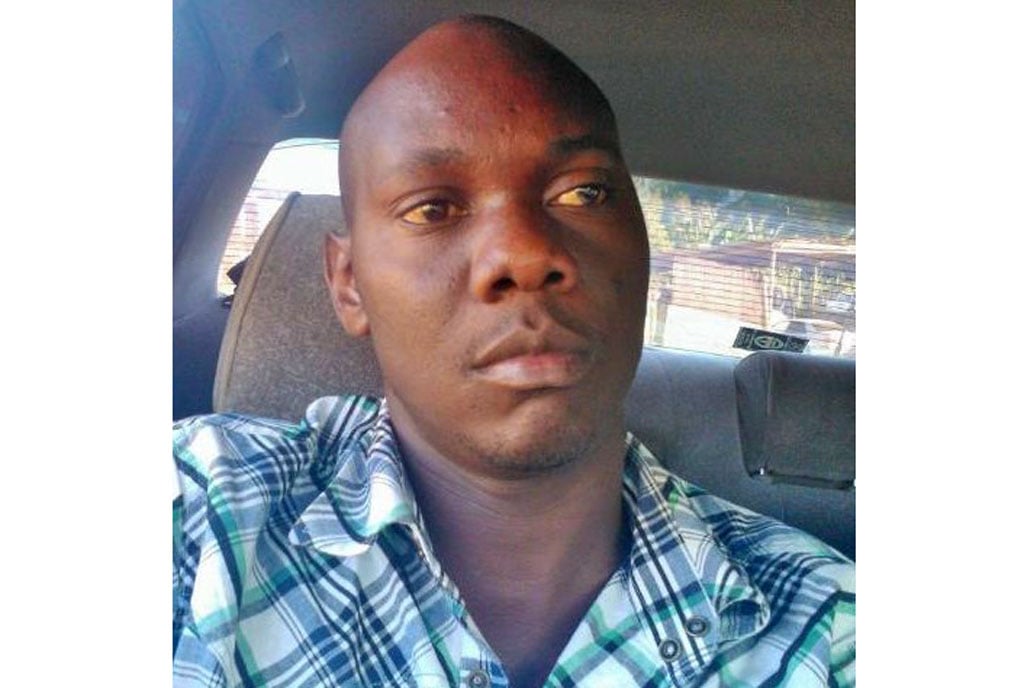Prime
Buganda mourns woman who hid Kabaka Muteesa

Angelina Nabakooza. PHOTO/JAMES KABENGWA
What you need to know:
- Over a 20-day stretch, Angelina Nabakooza not only put a roof above the first president of Uganda, but also nourished him in undoubtedly his darkest hours.
Angelina Nabakooza, the woman acclaimed for hiding the Kabaka at the height of the 1966 Buganda Crisis, died on September 29, aged 109.
It was not something Nabakooza set out to do, but she did it, anyway. On the morning of May 23, 1966, the back-and-forth friction between Sir Edward Muteesa II—the 35th Kabaka of Buganda—and then Prime Minister Apollo Milton Obote, came to a head. Following a confrontation between government troops led by Idi Amin and royal guards at the Mengo palace, Muteesa made the most of a cloudburst to flee.
“We thought he was dead for three or four days,” Ronald Muwenda Mutebi II, the reigning monarch of Buganda, said of his father’s disappearing act during a 2001 interview with The Guardian. “Nobody knew what had happened to him.”
What actually happened was that Muteesa embarked on a difficult journey that first saw him take refuge in Lubaga Cathedral. He then braved gruelling drives on rutted dirt roads past the odd zinc-roofed house en route to western Uganda.
When the first president of Uganda reached Ssembabule, he opted to take a breather. One of his aides known simply as Mumiransananfu then established connections with Nabakooza safe in the knowledge that she swore her allegiance to the Kabaka. Over a 20-day stretch, Nabakooza not only put a roof above the Kabaka, but also nourished him in undoubtedly his darkest hours.
Ms Joyce Mpanga, an eminent Muganda, said while Muteesa stayed at Nabakooza’s home, the military launched a big manhunt for him. It was decided that the Kabaka had to flee the country via Rwanda. Staying at Nabakooza’s humble abode was out of the question, especially after Obote staked Shs250,000 (equivalent of Shs60m today) for any information that would lead to Muteesa’s arrest.
“The Kabaka appeared two months later, I think in July 1966, in Bujumbura from where arrangements were made to process onward travel papers for him to go to London,” Ms Mpanga told Monitor.
The old house in Nsambya village, Lwentare parish, Mitima Sub-county in Sembabule District, where the Kabaka stayed, would several years later get a fresh coat of paint from Buganda Kingdom.
In March 2009, Kabaka Mutebi rewarded Nabakooza with a new house. She also became the recipient of the kingdom’s most excellent order of bravery—the Order of the Shield and Spears (Ekitiibwa ky’Amafumu n’Engabo).
In a statement on September 29, Noah Kiyimba—Buganda Kingdom’s information minister—hailed Nabakooza as “the most brave woman of all time in Buganda Kingdom.”
The kingdom has organised a five-member committee to give Nabakooza a befitting send-off. The committee will be chaired by David Kyewalabye Male, who will be assisted by William SK Matovu, Muhammad Sserwadda, Jude Muleke and Joseph Mugaga.
Mawogola County in Sembabule District, meanwhile, continues to wear a sombre expression following the death of her oldest person. Leo Kayiwa, a grandson of the deceased, described her as a loving and caring person, who worked hard for their family.
“We will miss our grandma because she has been a rock within our family,” Mr Kayiwa said.
Wamala Kuwatanya Mawogola, a representative in Buganda Lukiiko (Parliament), described the deceased as a person who brought glory to Buganda. He also hastened to note that Nabakooza brought pride to the people of Sembabule. While Muteesa died of alcohol poisoning in London, UK, three years after fleeing Uganda, Nabakooza’s act of valour in trying to save the Buganda king will continue to be remembered fondly for many years to come.
Tribute...Remembering Nabakooza
An unsung hero until 2009 when she was awarded Buganda’s highest honour, The Order of the Shield and Spears (Ekitiibwa ky’Amafumu n’Engabo), the late Angelina Nabakooza formed an ever dwindling generation of eyewitnesses to the illegal assault on Buganda in May 1966.
It is such a relief that she was honoured in life, along with many others, in recognition of her services to the kingdom, specifically for her role in protecting Ssekabaka Muteesa II for the month he spent in Uganda after Obote’s attack on May 23, 1966, before fleeing into exile.
In so doing, she made and contributed to Uganda’s contemporary history and she would, in normal countries, also be recognised and honoured by the central authorities, since Buganda history is no doubt also Uganda’s destiny. Be that as it may, Nabakooza’s name will forever be etched on Buganda’s collective memory, even in her death!
She has lived an extraordinarily long life and been able to witness that sad chapter in the history of Buganda and Uganda since the criminal attack, but also to have the opportunity, on a happier note, to be honoured by none other than Kabaka Muwenda Mutebi II himself. Rest thee well, our beautiful heroine!’’ Stephen Lwetutte, human rights activist and lawyer based in London.
Don’t want to miss out on any story? For updates on all Monitor stories, follow this link on Telegram: https://t.me/dailymonitor





